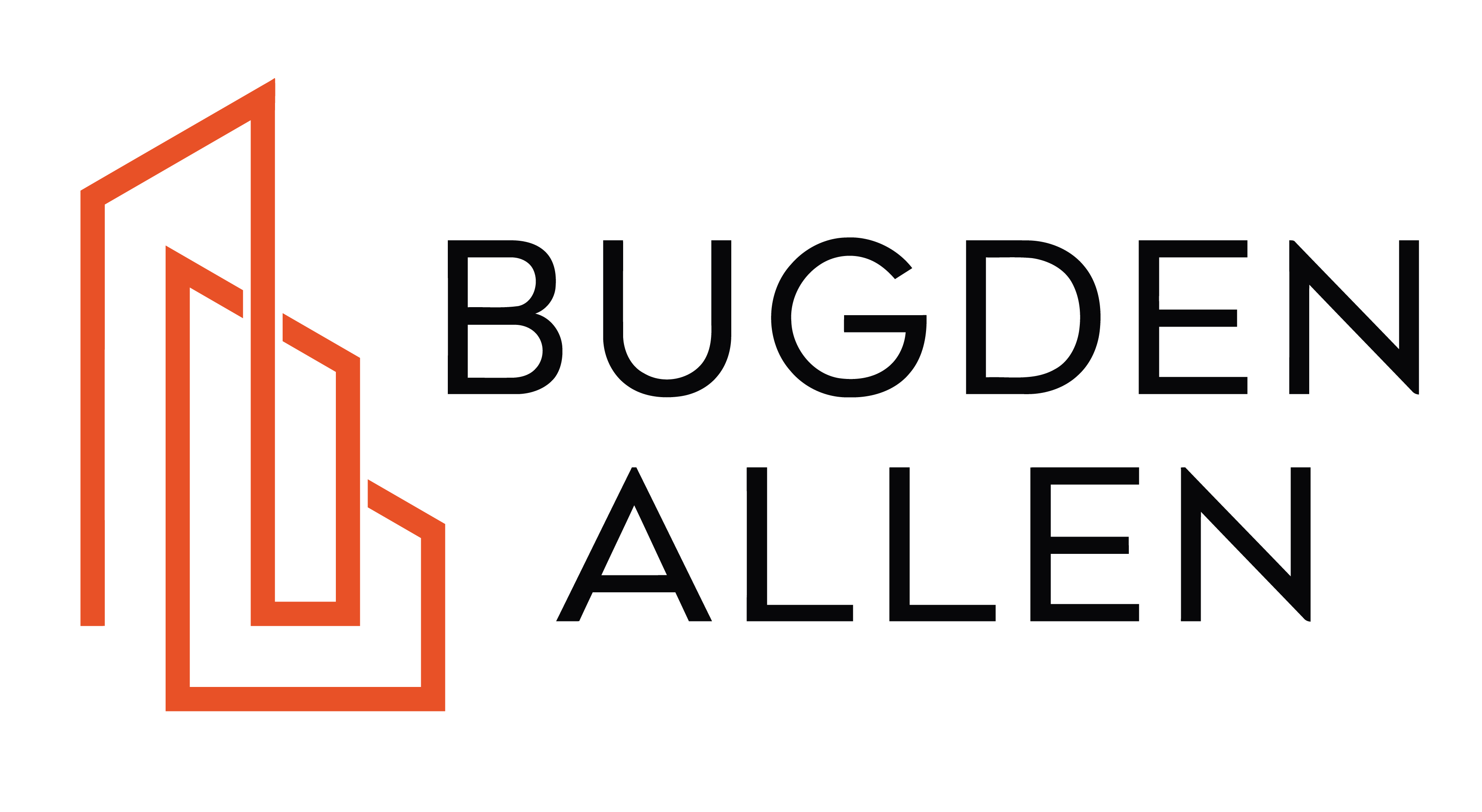What is a Building Management Statement?
A building management statement (“BMS”) is essentially an agreement between two or more entities that share and maintain a particular area or service within a building.
It is the key mechanism of mixed-use buildings such as those that contain retail and commercial lots on the ground floor of a building and residential units above them. The title, subdivision, and management plan of mixed-use buildings is incredibly important in order to avoid potential operational problems and internal conflicts.
Volumetric lots
A BMS may only be registered over two or more lots, one of which must be a volumetric lot. A volumetric lot is simply a lot that is created by the subdivision of air space using survey reference points, mostly based on the Australian Height Datum. An example of this is a 20-story building that contains retail space on the ground floor, commercial units on floors 1 – 10 and residential lots on floors 11 – 20. The retail, commercial and residential components will each be contained within a volumetric lot. The original owner of these lots will then register a BMS over them.
Regulation
As a BMS regulates the shared areas, services and obligations between lots, it must contain detailed provisions relating to the supply of services, rights of access, rights of support and shelter, and insurance arrangements. In addition to this, a BMS should contain provisions that set out the cost proportions of lots with respect to the shared areas and services.
As BMS cost proportions cannot easily be amended, (unless stated in the BMS), great caution must be taken. Due to this, when allocating cost proportions, it is important to consider the fact that certain areas of a building may likely only benefit certain lots. For example, commercial and residential lots will greatly benefit from the use of elevators as opposed to ground floor retail lots that have no use for elevator facilities.
Disputes
As a BMS dispute does not fall under the jurisdiction of the Body Corporate and Community Management Act 1997 (“BCCMA”)or Building Units and Group Titles Act 1980 (“BUGTA”), disputes cannot be referred to the Office of the Commissioner for Body Corporate and Community Management.
Instead, BMS disputes can only be resolved via the dispute resolution provisions of the BMS or through a court.
Amending a BMS
As noted previously, a BMS does not fall under the BCCMA or BUGTA jurisdiction. Consequently, any amendments to a BMS must be done so through the mechanisms provided for in the BMS (if any) or through a resolution that is unanimously passed. The amendments are then lodged as an annexure to the original BMS – unlike a community management statement where the document is amended and lodged again.
For more information
For more information on building management statements, or if you require assistance on developing or amending a BMS, please get in contact with our team.
—
Written by Aleksandra Naglik from our Brisbane office.




